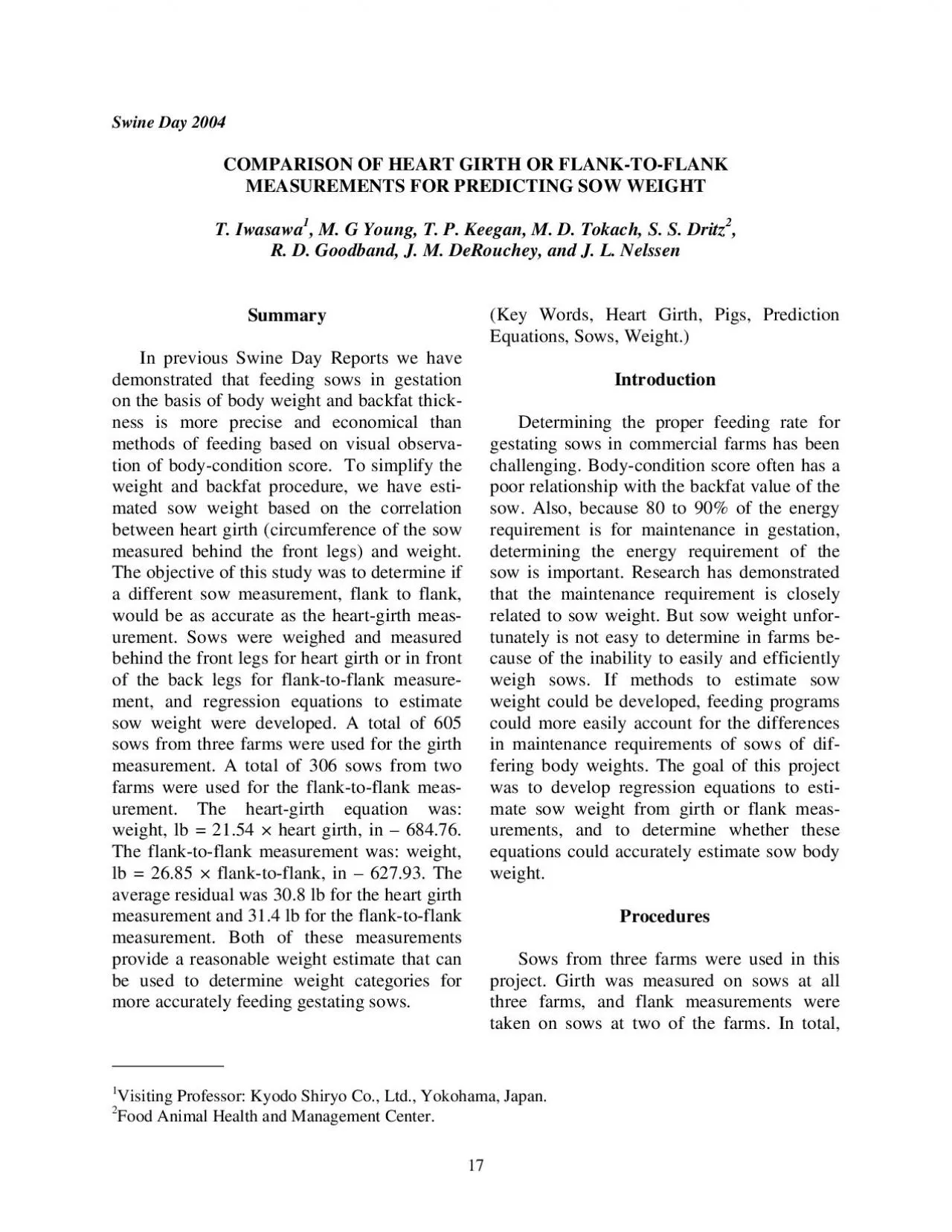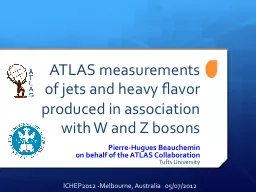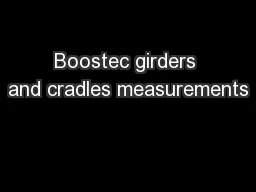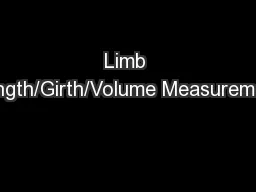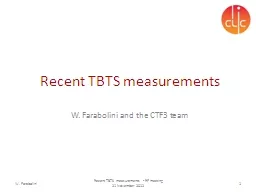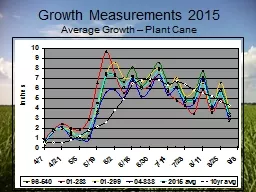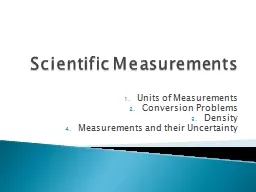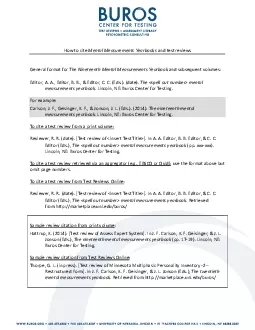PDF-COMPARISON OF HEART GIRTH OR FLANKTOFLANK MEASUREMENTS FOR PREDICTIN
Author : patricia | Published Date : 2022-09-22
Visiting Professor Kyodo ShiryoFood Animal Health and Management Center 605 sows were used for the girth measurements and 306 sows were used for the flank measurements
Presentation Embed Code
Download Presentation
Download Presentation The PPT/PDF document "COMPARISON OF HEART GIRTH OR FLANKTOFLAN..." is the property of its rightful owner. Permission is granted to download and print the materials on this website for personal, non-commercial use only, and to display it on your personal computer provided you do not modify the materials and that you retain all copyright notices contained in the materials. By downloading content from our website, you accept the terms of this agreement.
COMPARISON OF HEART GIRTH OR FLANKTOFLANK MEASUREMENTS FOR PREDICTIN: Transcript
Download Rules Of Document
"COMPARISON OF HEART GIRTH OR FLANKTOFLANK MEASUREMENTS FOR PREDICTIN"The content belongs to its owner. You may download and print it for personal use, without modification, and keep all copyright notices. By downloading, you agree to these terms.
Related Documents

